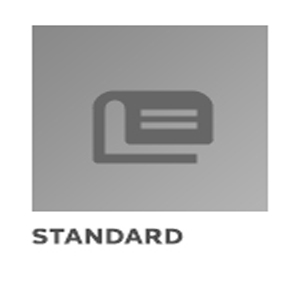IEC 61076-4-110 : 1.0
IEC 61076-4-110 : 1.0
CONNECTORS FOR ELECTRONIC EQUIPMENT - PART 4-110: PRINTED BOARD CONNECTORS WITH ASSESSED QUALITY - DETAIL SPECIFICATION FOR LATCHED CABLE CONNECTOR SYSTEM HAVING A BASIC GRID OF 2,0 MM INCLUDING FULL SHIELDING AND LATCHING FUNCTION
International Electrotechnical Committee




